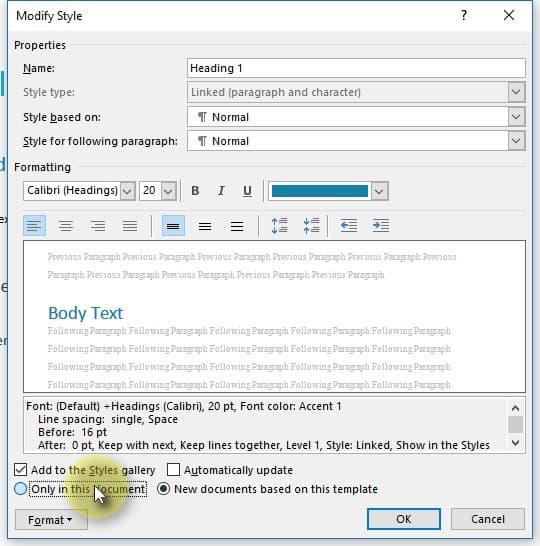

This can affect the appearance of the document, even when you subsequently open it back on your original system. If a document uses a font that is on your system, and then that document is opened on a system that doesn't have the same font, Word will substitute a different font for the missing one. You might also check to make sure that all of the users have the same fonts installed on their systems. The way around this problem is to make sure that the document uses a template other than Normal (preferably one stored on the server and accessible by all users) or that everyone's Normal template is the same. If, for instance, the document uses the Normal template and each user's Normal template is different, then this can affect the appearance of the document. The problem could also be related to the template attached to your document. The following macro will do this rather nicely: In that case, you may want to use a macro to go through all the styles and change the setting. That can obviously get rather tedious if you have a lot of styles in the document. This means that you will need to go through each and every style in your document and follow these same steps. That's right-Word allows dynamic style updating to be set on a style-by-style basis. Notice that these steps affect only a single style in a document.
#How to change heading styles in word update
(If there is no Automatically Update check box, then Word doesn't offer that option for the style you have chosen.) Make sure the Automatically Update check box, at the bottom of the dialog box, is clear.Word displays the Modify Style dialog box.



 0 kommentar(er)
0 kommentar(er)
